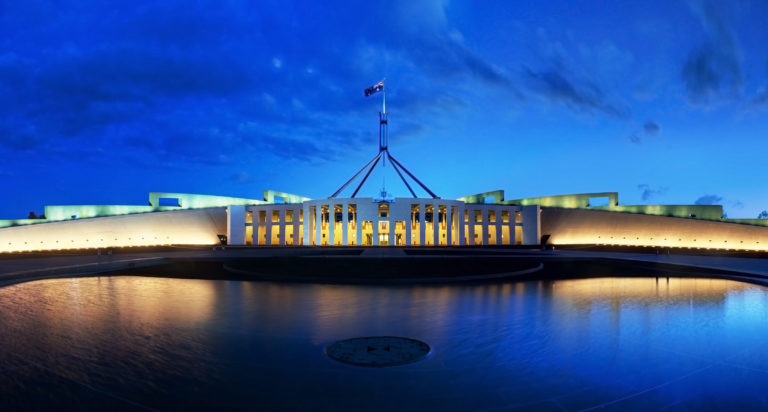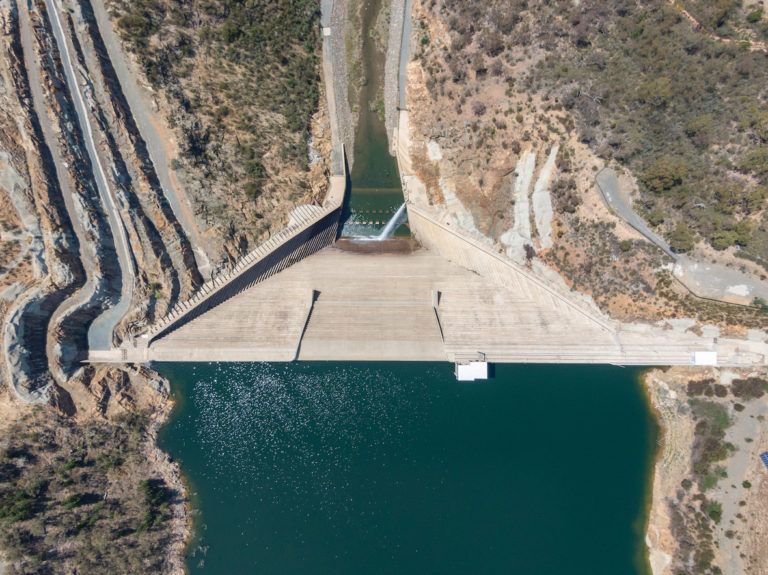
Advice to the 46th Parliament: Integrity and Accountability
Professor AJ Brown on his Top 5 Integrity and Accountability issues that the 46th Parliament need to address.
The Federal Government made a significant pre-Budget announcement to deal with an accelerating crisis in the price of insurance premiums for Northern Australia, following the ACCC inquiry. The Morrison Government announced a new reinsurance pool would cover cyclone and related flood damage in northern Australia from 1 July 2022, and would be backed by a $10 billion government guarantee. This was estimated to reduce insurance premiums across Northern Australia by over $1.5 billion for households, strata and small businesses over 10 years. But the Commonwealth Government stopped short of becoming the insurer of last resort, and critics warned that even the guarantee might become extremely costly. Will it be enough? And what about the rest of Australia?
Climate scientists have long warned of Australia’s vulnerability to climate change. Yet, as greenhouse gases continue to warm our environment and government intervention remains low, what will this mean for Australian homeowners and those looking to buy? Insurance providers have become increasingly aware of the volatility that climate change represents, raising concerns that some parts of Australia – and some Australians – will and are already becoming uninsurable.

As it stands, the Morrison government is jeopardising access to affordable or accessible insurance by prioritising emissions intensive industries such as natural gases, coal, and beef. Without significant policy shifts, there are serious concerns surrounding the availability and accessibility of everything from health to home insurance and beyond.
Australia is not on track to meet emissions targets, with the Morrison government instead pushing heightened investment into a $600 gas plant in the last federal budget, under the guise of stimulating a COVID-19 economic recovery. As emissions intensive and resource exploitative projects are prioritised, climate targets set by the Paris Agreement and Kyoto Protocol are increasingly unattainable. Australia’s warming climate will continue influencing the severity and frequency of climate disasters, contributing to the rising trend of underinsurance, with 718, 000 households becoming effectively or completely uninsurable by 2100.
Further, underinsurance and un-insurability are expected to grow and create a plethora of social justice issues. These include issues surrounding plummeting property values due to climate volatility, with low-income earners and first home buyers disproportionately exposed to risks. As high-risk areas spread, demand for properties within affected catchments are expected to plummet, with properties in low-risk areas drastically inflating and becoming inaccessible for many Australians. Unsuitable residential planning has reinforced these risks. In 2014 Brisbane’s lord mayor stated that due to anticipated population growth over the upcoming 20 years Australia has no other option than to push towards continued development in areas exposed to flooding, coastal inundation, fires, and other weather extremities.
To meet expected population growth there has been a push towards regional development in Norwell, a low-lying agricultural area prone to flooding. Construction across high-risk areas over the previous 10 years has expanded, with the approved development in 2017 of the Sunshine Coast University Hospital less than 100 metres from a major marshland, and the erection of a large block of units approved for construction atop the Carrara floodplains. Redland Bay and other coastal properties are at immense risk, with properties regularly flooding at high tide. As sea levels continue to rise by over 1 metre by 2100, this proposes immense risk for homeowners situated along Australia’s coast.
We know that government intervention can decrease volatility for insurers through investment in reducing the pace and impact of climate change. Policy instruments include regulating emissions, achieving resilience through infrastructure, building codes and mandates, improved residential and commercial land use planning, and increased funding towards emergency response units such as fire services or defence. At the low-end of the scale, intervention includes conducting regular and increased mitigation activities, such as fire breaks or backburning, which will inevitably require increased funding back to stripped national parks and other environmental services.
Government intervention has worked before. In Roma, Queensland, construction of a levee basin was enacted to counteract devastating flood effects, reducing risks for coinciding insurance costs. Following the basin construction, insurance premiums in the area had decreased by an average of 30 to 80 per cent. The potential construction of a $40 million levee basin in Bundaberg was announced by the Queensland Government in late 2020 and is expected to reduce premiums by an average of 10 to 30 percent if implemented. The erection of the basin has been recommended since flooding in 2013, where flooding caused $1.1 billion in damages, with 10, 300 buildings at risk. Disaster mitigation and resilience planning saves $6 for every $1 spent, signalling that a proactive approach is significantly effective in reducing damages caused by weather extremities, lessening volatility for insurers.
The Federal Government has previously partnered with state and local governments to provide some level of resilience through schemes such as the Resilience and Risk Reduction Fund, as well as separate initiatives to burden a small portion of financial burdens for local governments, businesses, and residents. However, a defining factor is that ‘resilience’ activities and funding are primarily centred around awareness, rather than strong mitigation policies such as the tackling of greenhouse gas emissions, management of ethical ‘retreats’ for towns and localities in high-risk areas, as well as a suite of other policies that can enact real change to mitigate climate impacts and therefore reduce insurance risk and burden.
Ultimately, addressing these issues around insurance access and inflation in identified high-medium risk and surrounding areas is a crucial issue requiring government interference. With intervention, we could potentially prevent bullions worth of future disaster damages, whilst reducing damage to property and people, and navigating the emerging threat or irreparable cities and forced climate migration.
 Zoe Davidson is a graduate of Griffith Business School (Government and International Relations) and Research Analyst in the Policy Innovation Hub, at Griffith University. Zoe’s interests include enhancing sustainability and ensuring corporate social responsibility outcomes through policy revision and implementation.
Zoe Davidson is a graduate of Griffith Business School (Government and International Relations) and Research Analyst in the Policy Innovation Hub, at Griffith University. Zoe’s interests include enhancing sustainability and ensuring corporate social responsibility outcomes through policy revision and implementation.

Dr Elise Stephenson is an expert in public diplomacy, national security, entrepreneurship and gender equality across Australia and the Indo-Pacific region. She is a multi award-winning researcher and Post-Doctoral Fellow at the Policy Innovation Hub and Griffith Asia Institute at Griffith University, Australia.
Her current research fields cover government and international relations, as well as entrepreneurship and the Asia Pacific. She is primarily interested in how Australia engages with its region and the world — whether from a diplomatic, national security, or entrepreneurial lens — as well as whom is at the forefront of that engagement — specifically looking at gender and sexuality. Elise is recognised by Google and Deloitte as one of Australia’s 50 Outstanding LGBTI+ leaders, and is Griffith University’s overall Outstanding Young Alumni Awardee of 2020.

Professor AJ Brown on his Top 5 Integrity and Accountability issues that the 46th Parliament need to address.

Water is critical to life and jobs, and large infrastructure projects tend to sway voters at the polling booth. Paired together, it’s easy to understand why the New Bradfield Scheme remains an issue for Queensland and Australia.

Looking back over my family tree, the last century has been kind to my ancestors. Many of them have made it to a ripe old age, with some outliving previous generations twice over. But as a member of the next generation to move into middle age (and, if I’m lucky, beyond that), I find myself already ‘burning and raving’ and raging against what I see as narrow options ahead.